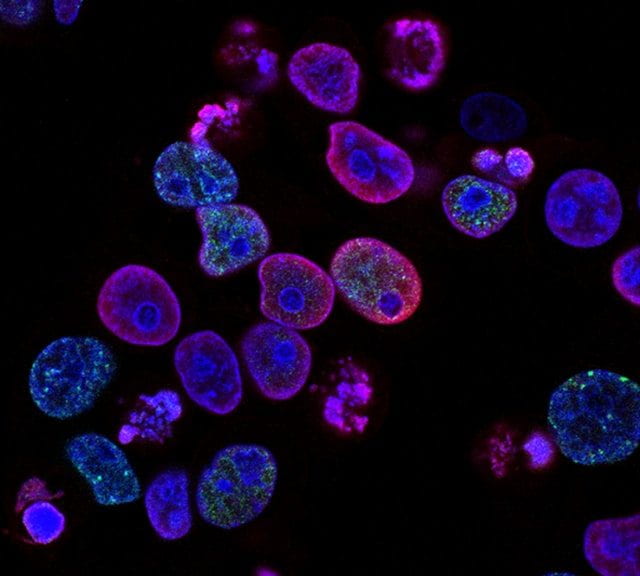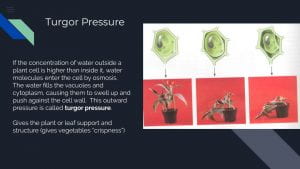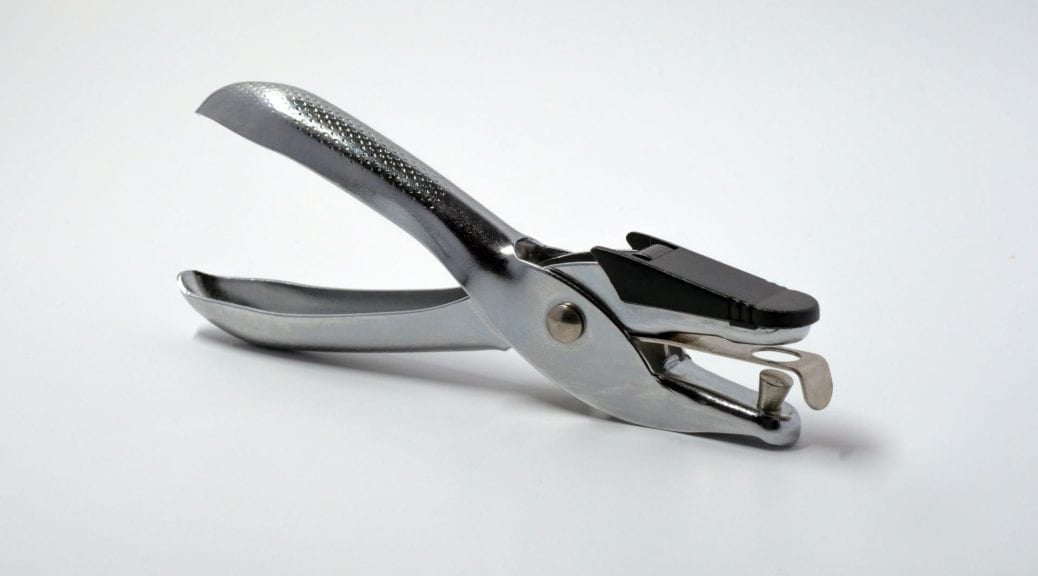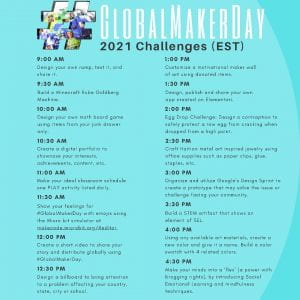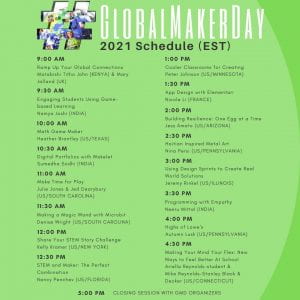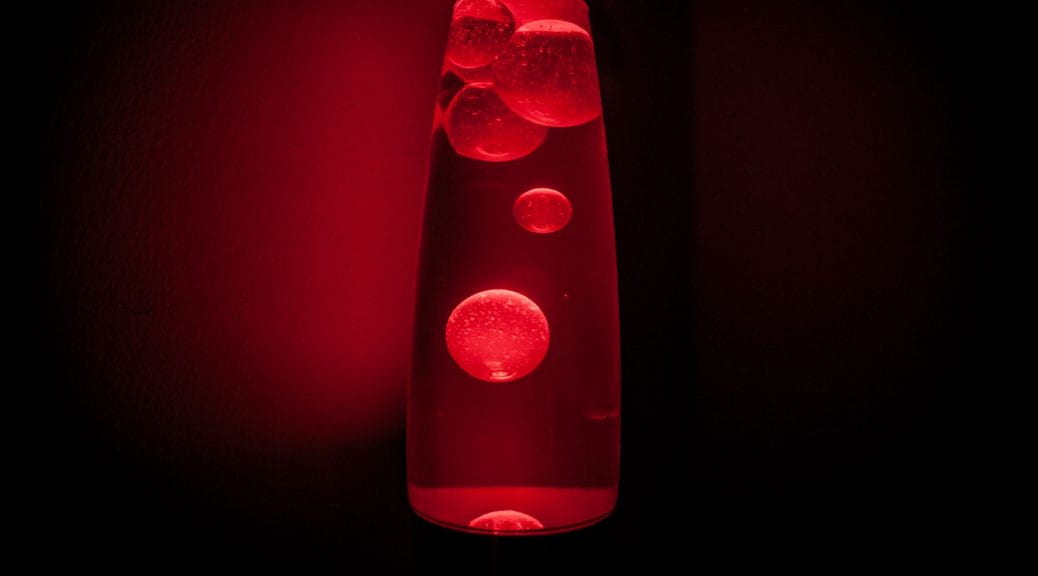
Grade 8 – Fluids
All of our learning, links, and information on Fluids can be found here. All student homework should be saved to your Science: Fluids folder in your google drive.
Fluids Unit Test Student Review Sheet
Lesson 1: Introduction to Fluids
7.1 – Introduction to Fluids (read and answer questions # 1-3)
Lesson 2: Laminar and Turbulent Flow
7.2 – Characteristics of Fluids (read and answer questions #1, 3, 5ab, 6)
Laminar vs. Turbulent Flow example
Lesson 3: Viscosity
7.3 – Flow Rate and Viscosity (read and answer questions # 1,2,3, 5)
Calculating Flow Rates Worksheet (Make a copy and answer the 2 questions)
Lesson 4: Density
8.1 – Weight, Mass, and Volume (read and answer questions #2 & 3) – Due Tues. Dec. 13
8.3 – Density (read and answer questions # 2 -5) – Due Wed. Dec 14
Lesson 5: Calculating Density
- What is Density and How to Calculate Student Note (Read for understanding)
- Calculating Density Worksheet #1 (Answer #1 – 3, 5 – 7)
- Calculating Density Worksheet # 2 (Answer #1 – 4)
- Comparing Densities Enrichment Questions
- Comparing Densities: Worksheet Answer questions A, B, and C using the Chart
SOLUTIONS
Density Calculation Quiz
To prepare for your quiz, go over and practice 1 – 5 (above from lesson 5). A conversion chart, density formula, and sample units will be provided on the quiz.
Lesson 6: Buoyancy and Displacement
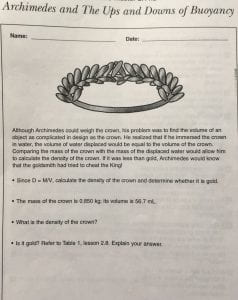
Archimedes and The Ups and Downs of Buoyancy – link
8.5 – Buoyancy (Read to learn more about buoyancy, displacement, density, and how ships carry cargo)
Density Lab link (refer to lab report rubric for help on writing your conclusion)
Lab Report Rubric link
Lesson 7: Fluids Under Pressure
9.1 – Putting the Squeeze on Fluids (Read and answer questions #1-4)
Lesson 8: Fluids in Real Life
9.5 – Pressure, Volume, and Temperature (Read and answer questions #1 and 4)
9.7 – The Value of Valves (Read and answer questions #1-3)
Fluids Textbook Sample Solutions (click here to check your answers)
